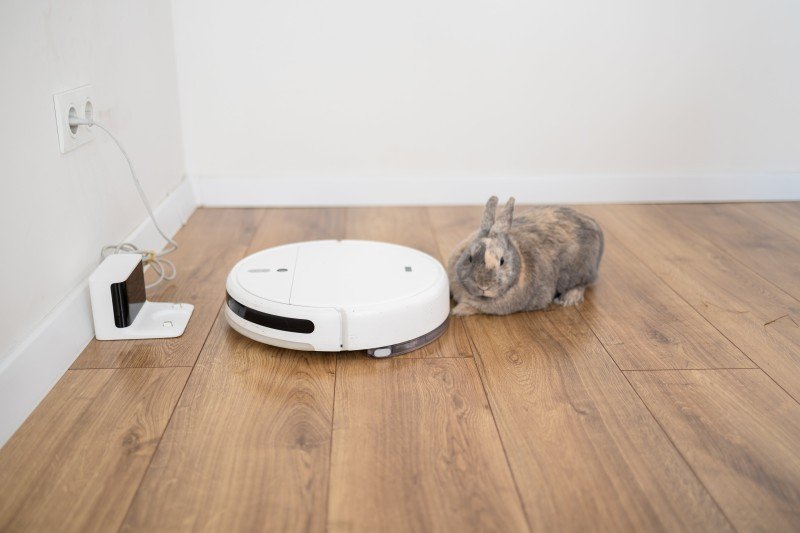5 People You Should Be Getting To Know In The Floor Robot Industry
Understanding Floor Robots: The Future of Home Cleaning
In the last few years, technological advancements have substantially transformed the landscape of household cleaning. Amongst the most significant innovations is the floor robot, a gadget that has quickly gained popularity for its convenience and effectiveness. navigate to this web-site intends to check out the different aspects of floor robots, their functionality, benefits, popular designs, and some often asked questions to help customers make informed choices.
What is a Floor Robot?
A floor robot, frequently referred to as a robotic vacuum, is an automated gadget developed to browse floors and get rid of dirt, dust, and particles. Unlike standard vacuum, floor robots run autonomously, offering a hassle-free cleaning experience. These smart devices make use of sensing units, mapping technologies, and advanced algorithms to tidy different surfaces, consisting of wood, tile, and carpet.
How Do Floor Robots Work?
Floor robots operate through a mix of software and hardware parts. Here are the crucial functions that allow their performance:
1. Sensors
- Obstacle Detection: Floor robots have integrated sensing units that assist them discover barriers, enabling them to browse around furnishings and prevent falls.
- Cliff Sensors: These avoid the robot from falling down stairs or ledges by acknowledging changes in elevation.
2. Navigation and Mapping
- Visual Mapping: Some advanced models employ electronic cameras and laser innovation to produce in-depth maps of the cleaning location.
- Synchronised Localization and Mapping (SLAM): This strategy helps the robot track its place and efficiently plan its cleaning route.
3. Cleaning Mechanisms
- Suction Power: Most robotic vacuums utilize a suction system to catch dirt and dust, which is then stored in an onboard dustbin.
- Brushing Systems: Many models come geared up with rotating brushes or mops for enhanced cleaning abilities, particularly on carpets or difficult surface areas.
4. Smart Features
- Connection: Many floor robots support Wi-Fi connectivity, allowing users to control them via smart device apps or smart home systems.
- Scheduling: Users can arrange cleaning times, ensuring their homes are tidy even when they're not there.
5. Self-governing Charging
- Self-Docking: Most robots immediately go back to their charging station once their battery runs low, ensuring they're always prepared to clean.
Advantages of Using a Floor Robot
The adoption of floor robots features various advantages that make them interesting users:
1. Convenience
Floor robots can clean while users take care of other jobs, permitting multitasking and time-saving.
2. Increased Efficiency
Robotic vacuums frequently cover more ground in less time compared to conventional methods, thanks to their systematic cleaning patterns.
3. Constant Cleaning Routine
Users can schedule regular cleansings, guaranteeing that their homes stay clean without requiring daily intervention.
4. Accessibility
Robotic vacuums can quickly access hard-to-reach areas, such as under furniture or in tight areas.
5. Advanced Features
Many designs come equipped with features like voice control and app integration, improving use and ease of access.
Popular Floor Robots
When considering a floor robot, different brand names and designs accommodate various requirements and budgets. Here's a brief summary of some leading choices:
Brand
Design
Secret Features
Price Range
iRobot
Roomba i7+
Smart mapping, self-emptying dock
₤ 600 – ₤ 800
Roborock
Roborock S7
Sonic mopping, obstacle avoidance
₤ 500 – ₤ 700
Neato
Neato D7
D-shape style, advanced suction
₤ 600 – ₤ 800
Ecovacs
Ecovacs Deebot T8
Mopping function, advanced mapping
₤ 600 – ₤ 800
Shark
Shark IQ Robot
Self-emptying base, home mapping
₤ 400 – ₤ 600
(Note: Prices might vary based upon merchants and ongoing promos.)
Frequently Asked Questions (FAQs)
1. Are floor robots effective on carpets?
Yes, the majority of modern floor robots are designed to clean different surface areas, consisting of carpets. Models with strong suction and turning brushes are particularly effective at getting family pet hair and ground-in dirt.
2. How typically should I run my floor robot?
This depends upon your family's requirements. For homes with family pets or high foot traffic, daily or every other day cleaning might be helpful. For quieter homes, running the robot as soon as a week may be sufficient.
3. Can I manage my floor robot from another location?
Many floor robots come with mobile phone apps that enable users to manage their gadgets from another location, schedule cleansings, and display efficiency.
4. Do I require to clear the dustbin often?
A lot of robots require regular emptying of the dustbin, especially in homes with family pets or heavy soil. However, some models use self-emptying capabilities, which reduce user participation.
5. Are floor robots appropriate for all kinds of flooring?
Many floor robots are effective on different surfaces, consisting of hardwood, tile, and low-pile carpets. Nevertheless, some may perform better on particular surfaces, so it's vital to choose a model suited to your home's needs.
As families continue to accept technology, floor robots have actually emerged as essential cleaning companions, offering convenience, efficiency, and advanced functions. Comprehending their functionalities, advantages, and readily available models allows customers to choose the best floor robot to meet their specific cleaning requirements. By investing in this innovative innovation, house owners can ensure their home stay clean and comfortable with very little effort.
